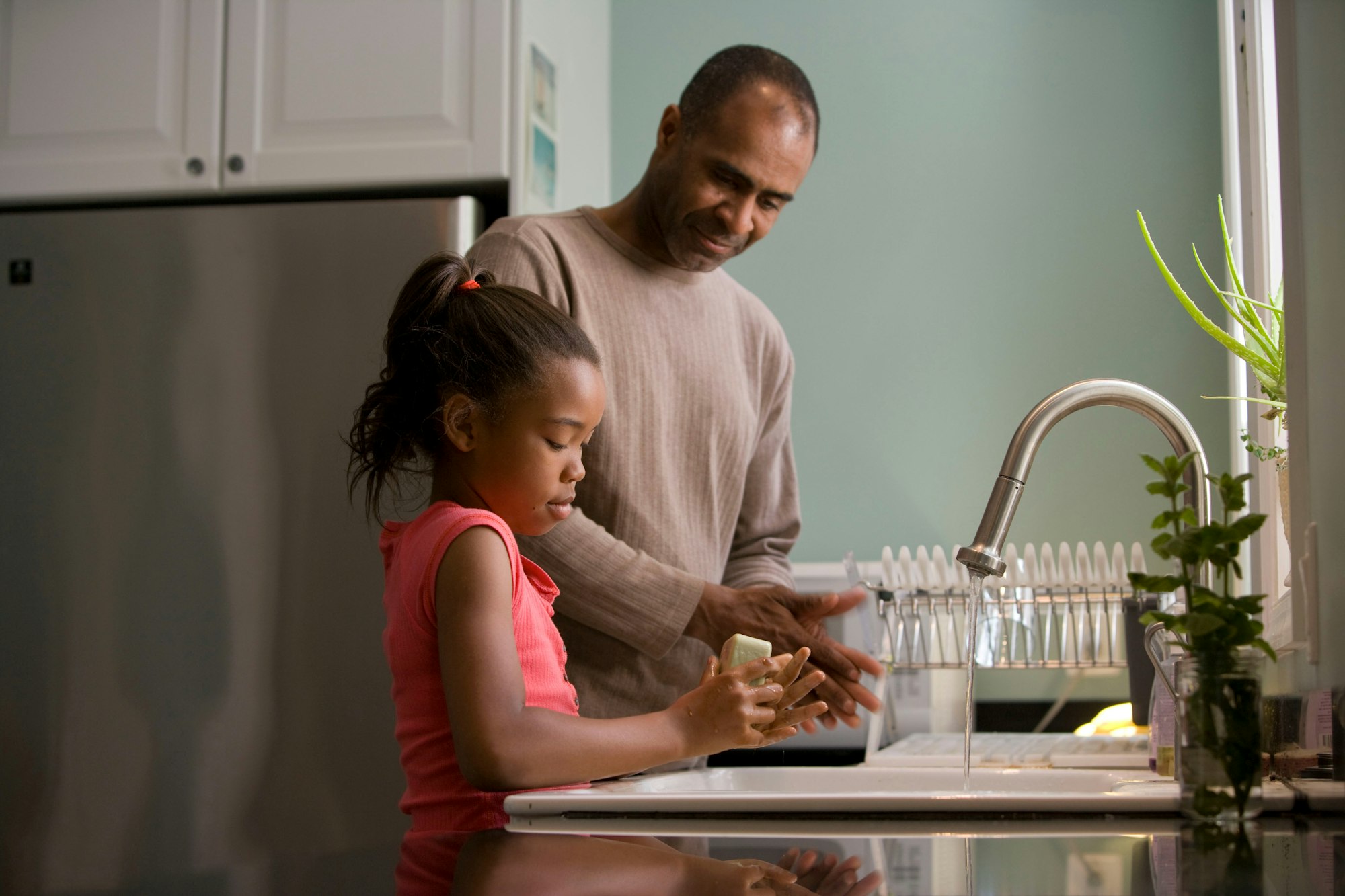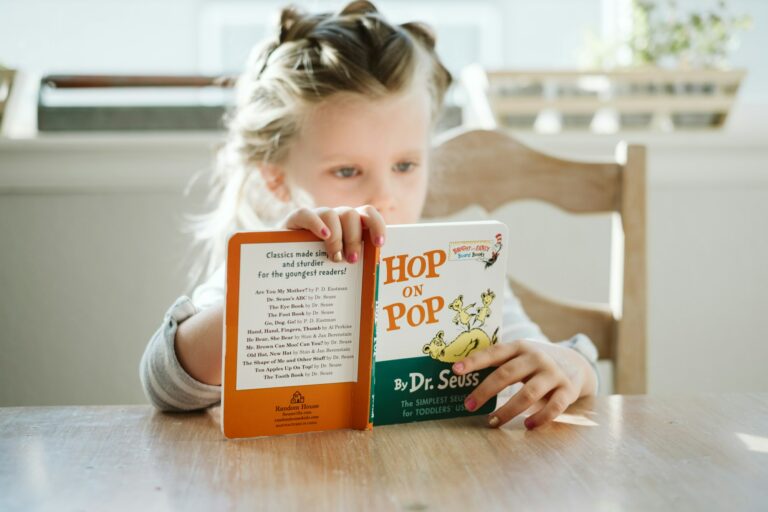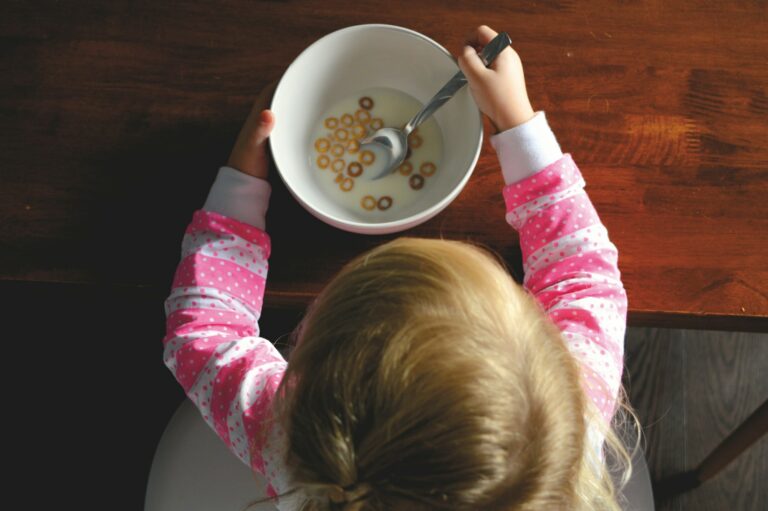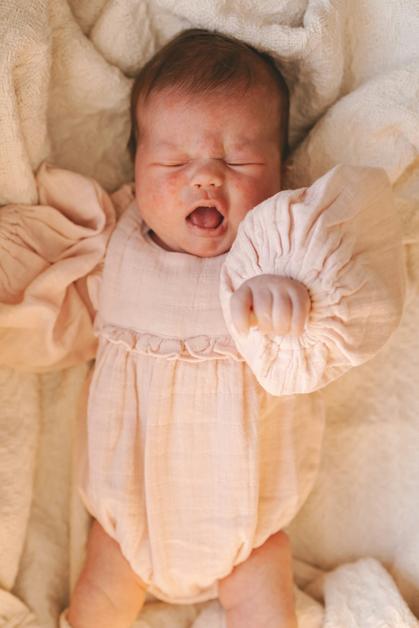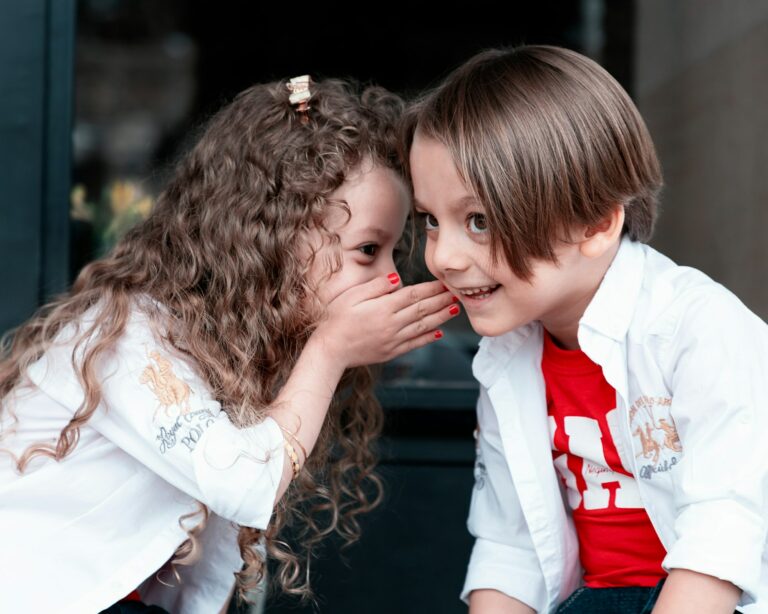Every parent, at one point or another, wonders: How to guide a child’s behaviour so they grow into confident, responsible individuals without relying on fear or shame? The emotional load is real—between daily squabbles, tantrums echoing across the living room, and a need for more connection amidst busy routines. The concept of positive discipline can feel like a fresh breath in a storm, shifting the focus from punishment to teaching, nurturing, and genuine respect. Bringing together neuroscience, psychology, and heartfelt parenting wisdom, positive discipline transforms everyday family life. Today, let’s journey through what it truly means—with hands-on solutions, stories, and practical science-backed advice.
What makes positive discipline stand apart?
Not punishment, but teaching with empathy
Imagine a world where “discipline” means helping, not hurting. Positive discipline moves away from punitive measures like scolding, shaming, or even physical correction. Instead, it shines a spotlight on relationship—the child feels valued, heard, and encouraged. This method, rooted in Adlerian psychology, prioritises mutual respect, emotional connection, and encourages a child to develop self-control and problem-solving. The logic is simple yet profound: if we want children to behave better, first help them feel better. Intrinsic motivation—doing the right thing because it feels right, not because someone is watching—takes the driver’s seat.
Empathy replaces fear. If a child makes a mistake, the response is not, “How dare you?” but, “I see you’re struggling—let’s figure it out together.” What results is a deep internalisation of accountability and kindness.
How positive discipline impacts a child’s life
Medical and psychological research repeatedly highlights the risks associated with harsh discipline—chronic stress, elevated adrenaline and cortisol, and effects on developing brain circuits related to emotion and self-regulation. By contrast, positive discipline not only lowers these health risks but actively promotes academic achievement, emotional robustness, and social skills.
When caregivers use a kind yet firm approach, a child’s prefrontal cortex—the brain’s “self-management” centre—has a chance to mature optimally. Over time, supportive guidance wires the brain for self-regulation, impulse control, and resilience.
Key pillars of positive discipline
The foundation: Respect and connection
At the core lies mutual respect. Parents and educators are invited to see behaviour as meaningful communication, not merely defiance or badness. Active listening (“I hear you feel sad,”) meets validation (“It’s okay to feel disappointed sometimes.”) and opens the door for co-regulation—helping a child make sense of big feelings. Recognising feelings—even when the adult perspective might be different—shapes a child’s emotional intelligence.
Connection always precedes correction. If a child senses they belong and matter, their brain is simply more receptive, more cooperative, and far less reactive to limits.
Kindness plus firmness: Not either-or
It’s an art—balancing gentleness with structure, empathy with boundaries. Too much leniency? Confusion and insecurity can follow. Too much strictness? Rebellion, secrecy, and self-doubt often take root. Positive discipline threads these extremes with care, maintaining limits while delivering them in a way that feels respectful and predictable. No raised voices or threats—just a clear, calm, compassionate authority.
With this approach, teaching life skills—like negotiation, compromise, self-discipline, and accountability—becomes part of everyday interaction. Children don’t simply obey rules; they understand, internalise, and eventually own them.
Encouragement vs. praise: Fueling intrinsic motivation
It’s tempting to exclaim, “Good job!”—but what’s truly nourishing for self-esteem is encouragement that spotlight the process: “I noticed you tried really hard,” or “That was a smart way to solve the problem.” Encouragement hydrates a child’s self-worth like water during summer heat; it builds autonomy, persistence, and the willingness to take on new challenges.
Research in educational psychology reveals that praise tied to the outcome (“You are so smart!”) can make children fearful of mistakes, triggering anxiety and reluctance to try again. In contrast, encouragement focused on effort (“You worked hard on this!”) breeds a mindset thirsty for improvement, not just perfection.
Making positive discipline work every day
Setting clear expectations and boundaries
“Don’t run!” may echo in many homes, yet, positive discipline suggests flipping the language: “Please walk—safety first.” Such phrasing steers a child’s mind towards what is expected, rather than what isn’t allowed (reducing confusion, especially for toddlers, whose working memory is still under construction).
Bringing children into the process of rule-making is powerful. “What rules do you think we need for bedtime to be smooth?” Such invitations stoke ownership and responsibility, making limits less about parental control and more about team effort.
Logical and natural consequences: Learn, not fear
A forgotten homework diary? The logical outcome is experiencing the discomfort of explaining at school, not a night-long lecture. If a child spills juice after leaping off the chair, helping clean up teaches remediation—fixing what one can, instead of fixating on guilt or blame.
Medical and behavioural literature supports this: logical consequences, delivered with calm and empathy, foster neural connections that promote learning, not just compliance. The child learns that mistakes are a part of growth, not a reason for shame.
Consistency: Predictability drives trust
Children thrive with structure. A predictable response (“Every time you throw toys, the toys go away for a while.”) helps their nervous system feel safe, reducing emotional outbursts. Inconsistency, on the other hand, can increase anxiety and behavioural challenges.
Autonomy and voice: Choices within boundaries
Offering limited choices (“Will you brush teeth before or after your story?”) transforms daily routines into opportunities for learning autonomy. This small act signals trust and respect, reinforcing that the child has agency—even within clear boundaries.
Redirecting energy and validating emotions
Redirection is more than a parenting hack; it’s an investment in emotional development. Instead of, “Don’t hit!”, it’s, “Hands are for gentle touch. If you’re angry, you can stamp your feet or tell me with your words.” Acknowledging even ‘small’ feelings (“Disappointing when your game ends, isn’t it?”) shapes neural pathways for empathy and self-acceptance.
Cultivating collaboration and problem-solving
Family meetings or short check-ins—“What can we do next time to avoid morning chaos?”—bring children into the circle. Problem-solving collectively (inviting ideas, voting, adjusting) helps develop reasoning, patience, and genuine cooperation.
Positive discipline in action: Techniques at every age
Toddlers and preschoolers: Routines, redirection, and naming feelings
For younger children, less is often more. Short, clear instructions, frequent routines, and offering genuine but narrow choices (“Red cup or blue cup?”) work wonders. During upsets, holding space for intense emotions (“It’s hard to leave the park. Take your time; I’m right here.”) lets children know they are safe to feel.
School-age children: Responsibility and respectful dialogue
Involve them in creating rules (“How can we all get our homework done without stress?”), assign age-appropriate chores, and engage them in conflict resolution. This fosters independence and critical thinking.
Teenagers: Trust, negotiation, and natural consequences
Teens, pulled by the drive for independence, benefit from clear boundaries combined with trust and respectful explanation. Allowing natural consequences (“If you spend your pocket money early, you’ll need to wait for next week.”) is a powerful teaching tool. Listening without immediate judgment keeps communication open.
Positive discipline in school settings
Role of educators: Connection above control
Teachers adopting positive discipline create classrooms rich in collaboration, acceptance, and empathy. Misbehaviour is seen as a signal, not a verdict. Regular classroom meetings, collaborative rule setting, and logical consequences (rather than detentions or suspensions) cultivate community and reduce negative incidents.
Social and emotional learning
Research highlights the link between positive discipline and improved social-emotional skills—like conflict resolution and emotional regulation—which are key predictors of academic success and lifelong wellbeing.
Navigating real-world challenges
Adjusting for individuality and neurodiversity
No two children have the same temperament. Some are spirited, others more reserved; some need visual supports or routines, others thrive on variety. Positive discipline means watching, adapting, staying flexible—sometimes pausing to consult paediatricians or therapists when a child’s needs feel overwhelming or unclear.
Kind yet firm: Avoiding extremes
While it may seem tempting to sway towards strictness for quicker results, or leniency for peace, lasting growth often occurs when parents embrace both kindness and firmness. It’s a dance, refined over countless imperfect moments.
Handling resistance: Slow and steady
Opposition or “defiance” frequently points towards unmet needs—sleep, hunger, independence, or connection. Instead of immediate consequences, slow down. Problem-solve together. This steady approach, grounded in medical and behavioural research, crafts resilience and genuine cooperation.
The science behind positive discipline
Evidence and real-life impact
Countless studies demonstrate: families and schools practicing positive discipline report fewer behavioural issues, stronger mental health, and more harmonious relationships. Emotional safety acts as a fertilizer for prefrontal cortex growth, nurturing social competence, intrinsic motivation, and long-term resilience.
Case studies show that classrooms using positive discipline experience dramatic drops in suspensions, while children in such home environments develop robust empathy and responsibility, setting the stage for later academic and relational success.
Key Takeaways
- Positive discipline teaches children through empathy and respect, not punishment or fear.
- Encouragement nurtures self-worth, autonomy, and resilience; praise focused on outcome can limit growth.
- Predictable routines, logical consequences, and clear boundaries foster security and accountability.
- Collaboration, problem-solving, and connection are at the heart of lasting cooperation.
- Each child’s temperament and stage call for tailored approaches—adapting, not forcing, methods.
- Research consistently shows that positive discipline paves the way for healthier emotional and social development.
- Whenever doubt or challenges arise, remember: professional guidance can make the journey smoother. For ongoing, expert-supported parenting tips and free child health questionnaires, you may try the application Heloa.
Questions Parents Ask
What are some practical examples of positive discipline at home?
Everyday moments offer such opportunities—giving small but meaningful choices (“Would you like dal or roti first?”), stating clear expectations (“We use gentle words in the house”), or stepping in during misunderstandings with, “I see you’re upset—do you want a quiet moment or should we talk?” Even when a child breaks a rule, suggesting repair (“Let’s clean up together”) reinforces responsibility and warmth, without shame.
Can positive discipline be used with children who have challenging behaviors or special needs?
Definitely, positive discipline can be adjusted for children needing extra support. Visual charts, stepwise instructions, or sensory-friendly routines may be needed. What stays unchanged—respect, empathy, and clear communication. Instead of lengthy explanations during meltdowns, offering a comforting presence and simplified choices can make a world of difference. Each child benefits from a personally adapted approach; consulting therapists or paediatricians is always wise if uncertainty persists.
Is it possible to be both kind and strict? Doesn’t one cancel out the other?
Positive discipline is exactly about balancing kindness and firmness—together, not in opposition. Setting limits with compassion (“I won’t allow hitting, let’s find another way to show you’re angry”) offers both security and emotional learning. Children who feel respected respond more readily to reasonable boundaries, and, over time, internalise these lessons for life.
How can parents remain calm and consistent when stressed or tired?
It’s no secret—stress drains patience. Preparing in advance, using visual aids, practising deep breaths, and accepting that some days will be harder helps. When a slip happens, apologising (“Even Mummy lost her cool—let’s try again together”) models positive coping. Self-care is not a luxury but a foundation for calm guidance.
How to respond to criticism from relatives or others who believe in strict or traditional punishment?
Family opinions can be strong. Sharing the science—that positive discipline strengthens the brain and emotional health—may help. Sometimes, gently explaining, “We’re trying a method focused on teaching and understanding, not just rules,” can open up respectful dialogue. Lead by example; over time, positive results speak the loudest.

